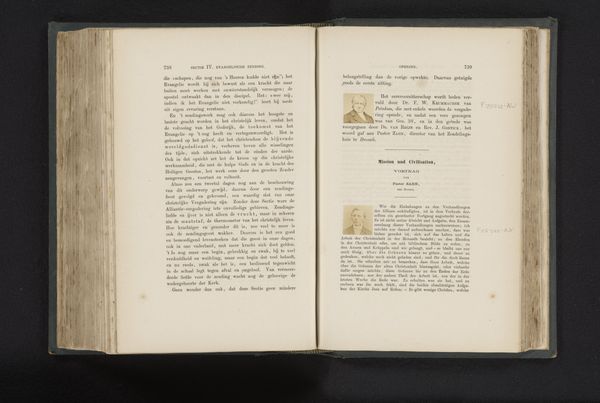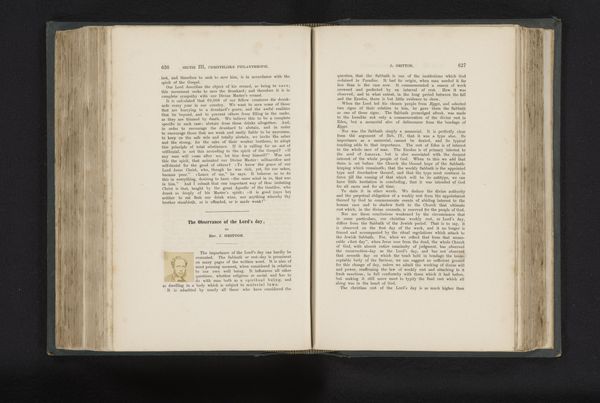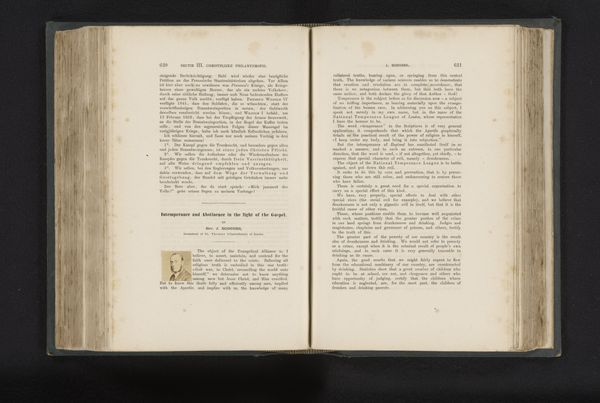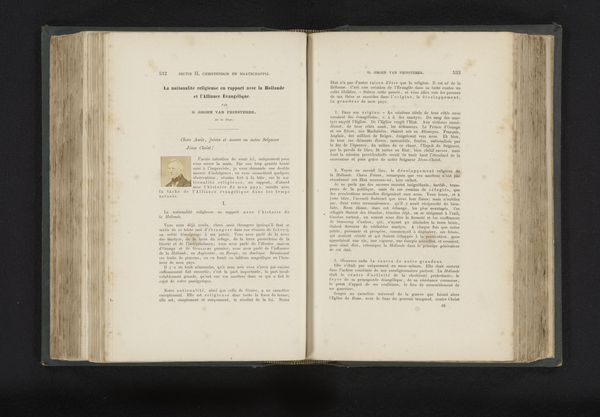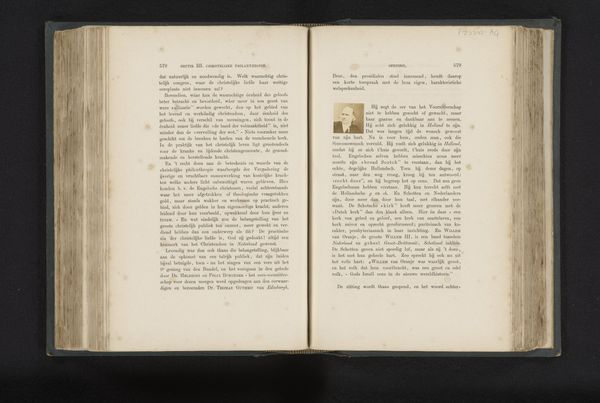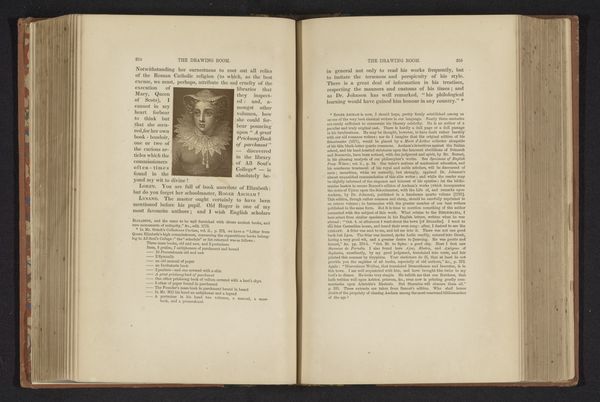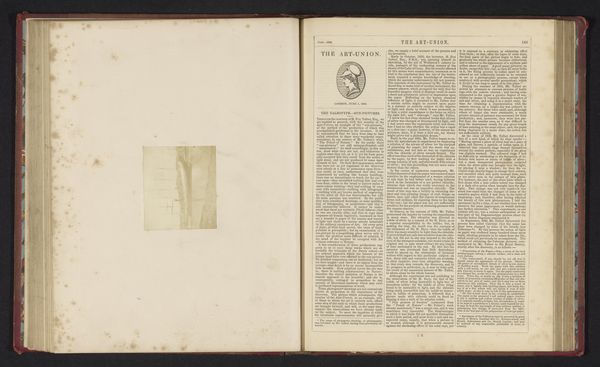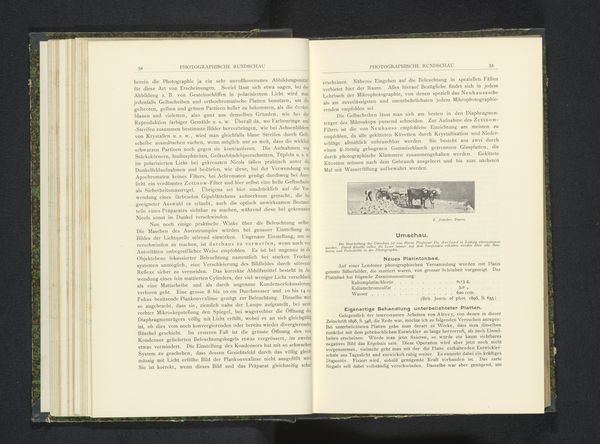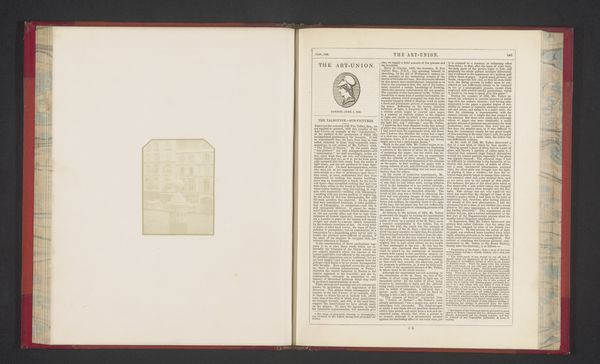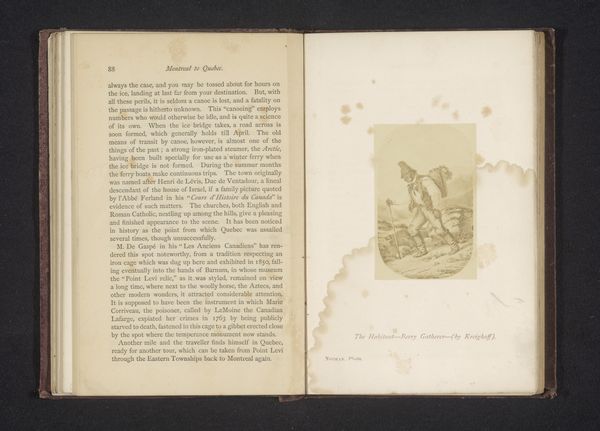
print, textile, paper
#
portrait
# print
#
textile
#
paper
Dimensions: height 22 mm, width 22 mm
Copyright: Rijks Museum: Open Domain
Curator: Here we have "Portret van Edward Steane," a printed portrait that appears within the pages of a book, dating from before 1867. It seems like a rather somber affair at first glance. Editor: The book format is very interesting, particularly how this portrait is positioned within a literary work, acting as both a biographical component and a marker of intellectual labor through textual and printed form. Curator: Yes, it is a testament to the process of book production, showing an intimate combination of printed text, illustration, and binding. What does the portrait's setting inside a book suggest to you? Editor: It situates the subject within a network of power structures, specifically knowledge dissemination and theological discourse; considering the format suggests he was likely an important figure connected to religion, amplifying the relevance of both the printed work and the portrait itself. It seems that the artist chose textile and paper for a very good reason! Curator: You are right. Let us zoom in on the book binding. See the signs of wear and tear along the edges? Notice also that there is no mention of the artist’s identity. Editor: These observations lead me to wonder how notions of anonymity affect how this work is consumed—there's a democratization of authorship and distribution here, almost making it a collectively held or produced object. How might the viewers in 1867 receive the combination of paper, textile and ink? Curator: The act of inserting the print within these bound pages elevates Steane beyond a simple biographical representation; rather, his identity is integral to the book's message, inviting the readers into his ideas. Editor: Absolutely! And now, it compels us to rethink how we understand printed portraits—as markers of the production and consumption of not only the visual, but also literary and intellectual life, intersecting identity, theology, and text. Curator: Thank you, those considerations were insightful. Now when looking at this portrait I am thinking about the convergence of bookmaking and society during Steane's time. Editor: Yes, looking closely reminds us that this small portrait actually reflects broader narratives about the circulation of power.
Comments
No comments
Be the first to comment and join the conversation on the ultimate creative platform.
